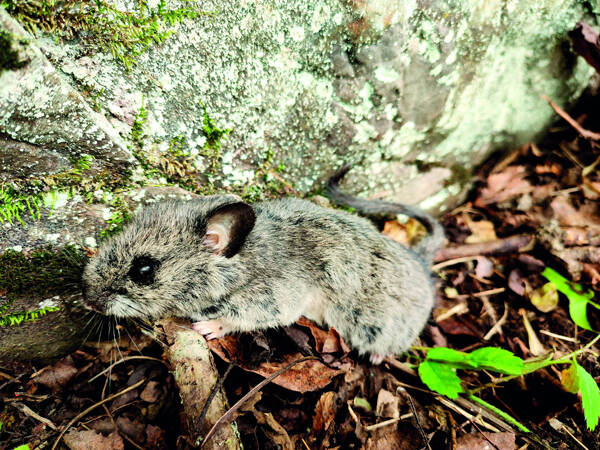Cansumys canus
IUCN
LCBasic Information
Scientific classification
- name:Cansumys canus
- Scientific Name:Cansumys canus,Cansumys
- Outline:Rodents
- Family:Rodentia Muridae Cricetes
Vital signs
- length:135mm
- Weight:
- lifetime:
Feature
The tail hair is uniform gray in color, gray-black at the tip, and the hair at the tip forms a tuft.
Distribution and Habitat
It is found in southern Gansu and northern Sichuan, China. Its habitat is shrubs and broad-leaved forests.
Appearance
Gansu hamsters are large hamsters, close to giant hamsters. The average body length is about 135mm, and the average tail length is more than 100mm. The tail length ratio is larger than that of giant hamsters. The tail is covered with long hair, the whole tail is uniformly gray, the tail tip is gray-black, and the hair at the tail tip forms a hair bundle. The giant hamster's tail hair is short and dense, and the tail tip is more or less white, which is the main difference in appearance between the two. Gansu hamsters have gray-black ears and gray-white front and back feet. The base of the hair on the ventral side is gray, and the hair tip is gray-white. There is no obvious boundary between the dorsal and ventral hair colors. On the skull, the supraorbital ridge is obvious, the snout is relatively long, and the teeth are high-crowned.
Details
The taxonomic status of Gansu hamster is controversial. Some scholars regard Gansu hamster as an independent genus and species, some scholars regard it as an independent species of the giant hamster genus (<Tscherskia>); some scholars regard it as a subspecies of the giant hamster (<Tscherskia triton>). The latest taxonomic work (Wilson et al. 2016) regards it as an independent genus and species. Therefore, its final taxonomic status needs further study.
Listed in the 2013 Red List of Endangered Species of the World Conservation Union (IUCN) ver3.1—Low Risk (LC).









